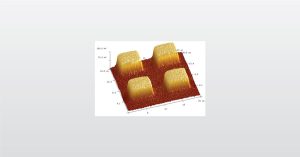
sMIM Webinar
In this webinar will be presenting information on scanning Microwave Impedance Microscopy (sMIM) operation.
To enable certain features and improve your experience with us, this site stores cookies on your computer. Please click Continue to provide your authorization and permanently remove this message.
To find out more, please see our privacy policy.